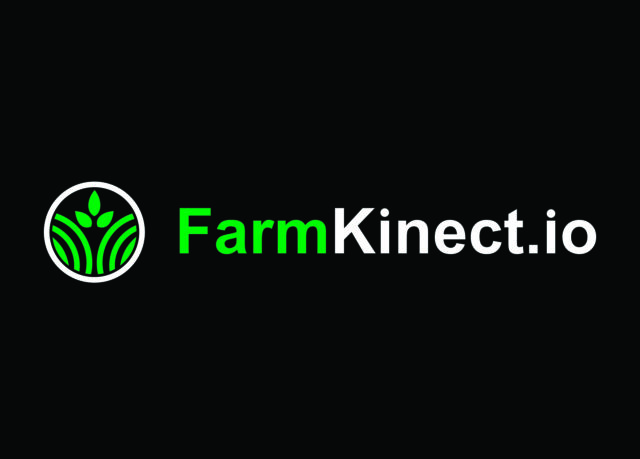As agricultural producers, we are all the same and all different at the same time. We are all different in that we practice our trade just a little differently than the person next door. After all, we all don’t begin our spring work on the same day, till the soil exactly the same, plant right in line with each other and so on, right through harvest and fall work preparing for the next spring.
However, we are all the same in the way we are optimistic in the spring that we will have a good crop. As we plant, we know we will produce a quality product and have good yields. Yes, there is a lot of work involved in order to make this come to fruition, but we are still optimistic. And it really doesn’t matter whether we are producing wheat, barley, corn, hay or calves, it all requires us to have a good attitude.
So now that the spring work is completed and we are in the growing season, let’s take some time to look down the road a ways. And even though we need to keep our eye on this year’s crop and market, I feel we should begin looking at next year forward. This can be difficult to do, just for the mere fact we don’t know just what is going to happen over the next 12 to 18 months. Looking back over the past 18 to 24 months, did we feel fertilizer and diesel fuel would be two to three times higher than we were paying at that time?
None of us knows for a surety just where the markets are going, but we can look at how we can manage our price risk in these markets. When we focus on how to accomplish this rather than focusing on selling at the high and buying at the low, we will better understand just how the markets can work for us in our operation.
For instance, let’s take a look at Chicago wheat futures. When I wrote this article, the December 2022 contract was trading at $12. The March 2023 and July 2023 were at $12 and $11.15, respectively. The December 2023 was at $10.82. What is the market telling us and what could we do to manage our risk in this type of market?
First of all, when the deferred months are trading at a discount to the nearby month, this is called an inverse market. When we see this, the market isn’t telling us we are going to have more wheat and cheaper prices – but rather we, in reality, don’t have an abundance of wheat on hand – and on the news today (that news could very well change tomorrow), the trade feels that will be the case for the next year as well.
So do we want to sell some of our 2023-24 crop with the futures trading at $10.82? Take a look at the average basis for your area to see just what the possibility is for you to contract your wheat – and whether that is a level you are comfortable with. Remember, we are managing our price risk using the tools available to us. We could actually enter into a cash contract, possibly use a hedge to arrive (HTA) contract or sell futures using our personal trading account. All of these work very well.
What do you think would happen to the wheat market if the news changes? Let’s say those countries that harvest in the winter have another very good crop – the stars all line up and those that harvest in the summer and fall also produce a very good wheat crop – and we now see the situation in wheat go from a short position to one where we have an ample supply. Now we can all say the odds of that happening are slim, but what if it does? Should we be looking out toward those months so we don’t get blindsided when or if the markets trend lower?
When we look at how to manage our risk, it is important to remember that this isn’t one-size-fits-all. We all need to study and then decide just what will work for us individually.
So now that the spring work is completed and we are in the growing season, let’s take some time to look down the road a ways. And even though we need to keep our eye on this year’s crop and market, I feel we should begin looking at next year forward.





